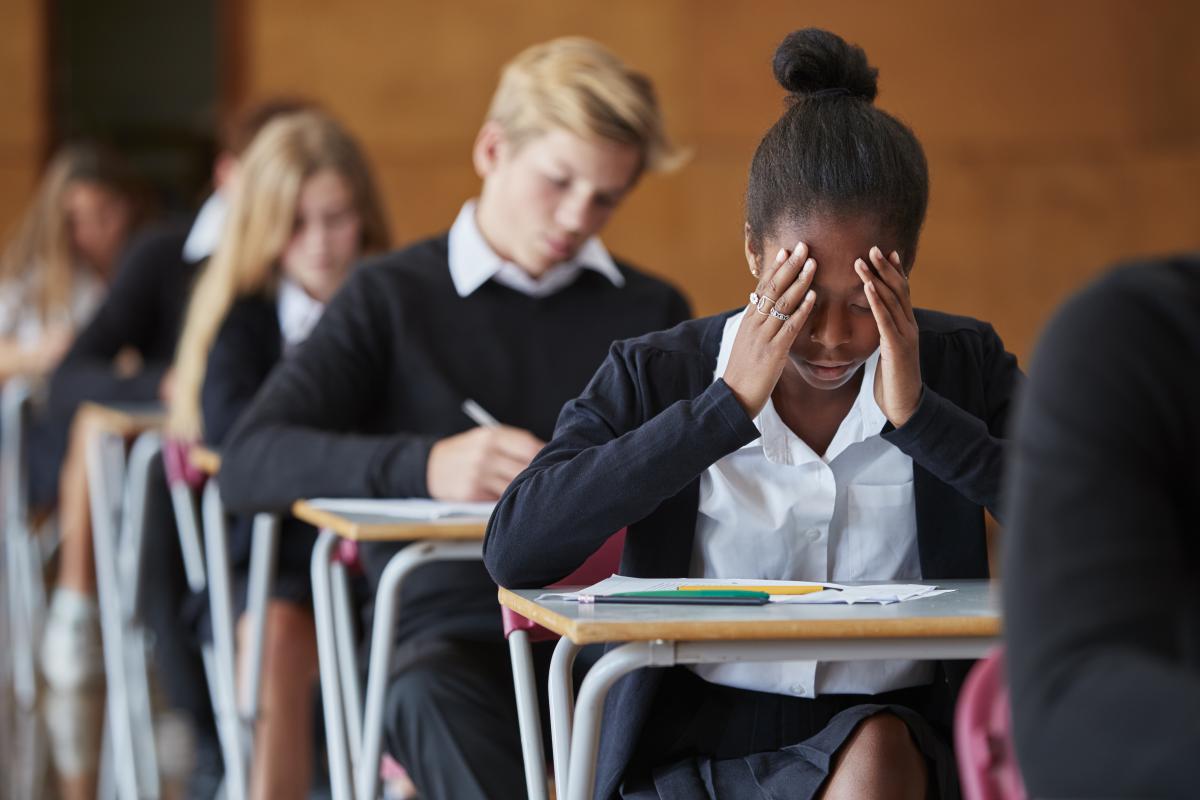The dangers of childhood depression
The dangers of childhood depression JoyWith rising reports of youth suicides in South Africa – the youngest of which was a mere six years old in 2017 – it is important for adults to learn everything they can about depression and how to spot it in children.
In 2018, the South African Depression and Anxiety Group (SADAG), which deals with hundreds of calls each day relating to youth and mental health, reported that 31.5 percent of teen suicide attempts required medical treatment; 17.6  percent of teens had considered attempting suicide; one in four university students had been diagnosed with depression; and over 20 percent of 18 -year olds had one or more suicide attempts.
percent of teens had considered attempting suicide; one in four university students had been diagnosed with depression; and over 20 percent of 18 -year olds had one or more suicide attempts.
According to the World Health Organisation, half of all mental health conditions start by 14 years of age, but most cases are undetected and untreated.
“That’s why it is important that parents, teachers, grandparents, loved ones and communities know that depression can affect young people too,” the SADAG said.
It is important to know the signs of depression and suicide and how to get help before it is too late.
Signs of depression
According to psychiatrist Dr Pralene Maharaj from the Gauteng Department of Health’s Sterkfontein Psychiatric Hospital in Krugersdorp, signs that a child is suffering from depression vary according to their age and brain development.
Some of the warning signs include no participation in previously enjoyable school activities, weight loss or gain, sleeping problems, not completing homework, lack of participation in the classroom, a drop-in marks and difficulty concentrating.
“However, depression is hard to diagnose in children because it could be an underlying problem. For example, perhaps they have a learning difficulty and are not coping at school. It is very important that they [children] receive the correct diagnosis and are treated holistically,” she said.
Teen suicide
SADAG is seeing increased cases of depressed children and teens and is receiving more calls from children who feel helpless, hopeless and even suicidal.
While some suicides may occur without any outward warning, most do not. The most effective way to prevent suicide is to learn to recognise the signs of someone at risk, take these signs seriously and know how to respond to them.
Danger signs include:
- previous suicide attempts;
- talking about death or suicide;
- depression;
- change in sleeping patterns;
- change in appetite or weight;
- speaking or moving with unusual speed or slowness;
- fatigue or loss of energy;
- feelings of worthlessness, self-reproach or guilt; and
- extreme anxiety, agitation or enraged behaviour; and drug or alcohol abuse.
What can I do?
Childhood depression is serious and it is important that the child is properly evaluated. Visit your closest mental health clinic, hospital or doctor as soon as possible. You can also contact:
a Cipla 24-hour mental health helpline at 0800 456 789,
a SADAG helpline at 011 234 4837 or the Suicide Crisis Line at 0800 567 567.